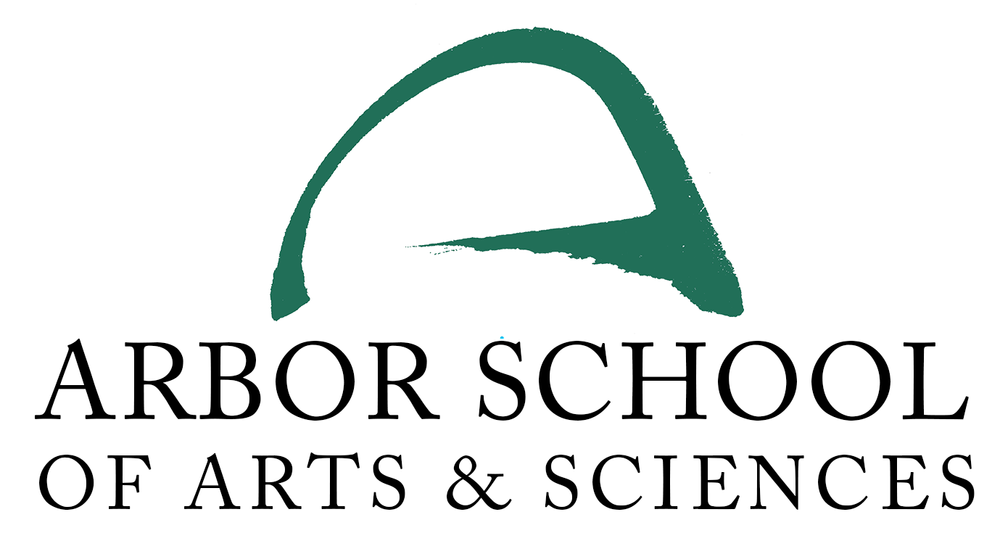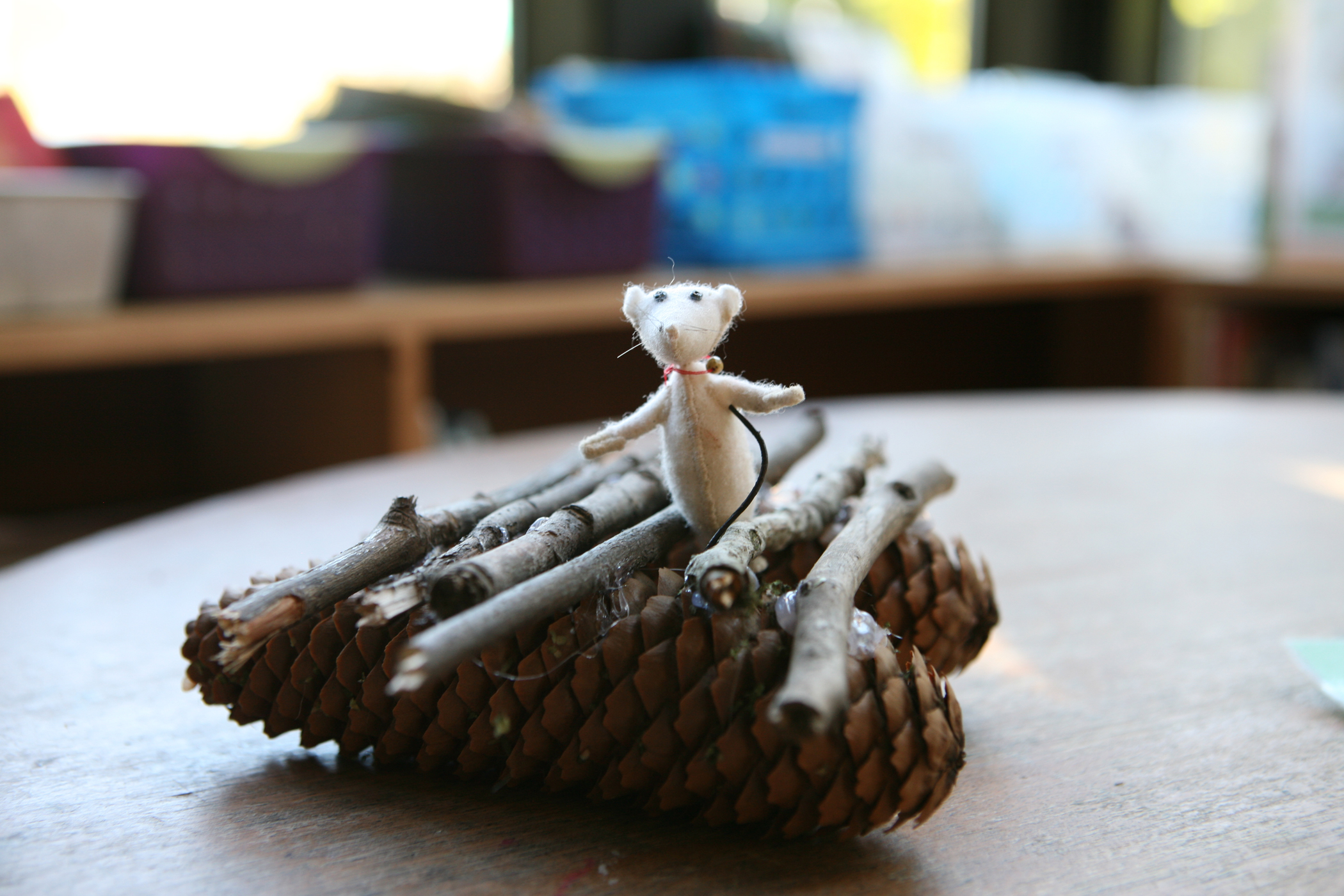When children are encouraged to question and investigate their surroundings, deeper learning can occur. It is a critical step in developing lifelong learners. According to Wood (1994), second and third graders are especially intrigued by the world around them and driven by an internal desire to understand how things work. This desire is infectious. And as educators, it is exactly what we must cultivate. Curiosity is not only a crucial part of motivation, but it is also a key element of learning. I aim to always foster the curiosity of my students by creating conditions that support the process of inquiry.
In this short year, I’ve also come to realize that education should not be separate from life itself. Learning occurs when students interact with and directly experience the concept being studied. As the ancient Chinese proverb says, “I hear and I forget. I see and I remember. I do and I understand.” I have been continually reminded of the significance and truth of this statement in my first year of this program. It is such a gift to be able to live what I am studying everyday in graduate school. To be able to apply it directly in my 2nd and 3rd grade classroom—and to make mistakes and reflect on them in such a supportive environment—has been incredibly humbling and rewarding. It is the only way to learn. True experiential learning asks us to apply our knowledge to experiences in order to develop skills and new ways of thinking.
As an educator, I strive to create opportunities for active learning— where students are asked to use ideas by writing and talking about them, creating models and demonstrations, applying these ideas to more complex problems, and constructing projects that require the integration of many ideas. When combined with reflective learning experiences, active learning means deeper learning. I hope to encourage discourse to create an environment where I am not the only source of knowledge. An environment where students teach students. By creating a classroom climate of trust, my hope is that students will feel safe to take risks and make mistakes.
I vow to honor children as the curious, insightful, dignified human beings they are. By valuing their individual voices, solutions, and thinking, I hope to develop students who are confident in the power of their ideas and in their ability to advocate for themselves and others. Open inquiry, thoughtful discussion, and considering multiple perspectives will help students develop the capacity to recognize and respect differences. I want to develop learners who find comfort in complex questions that have multiple possible solutions. Learners who understand that’s exactly where the wisdom is–– lost in the answer.






